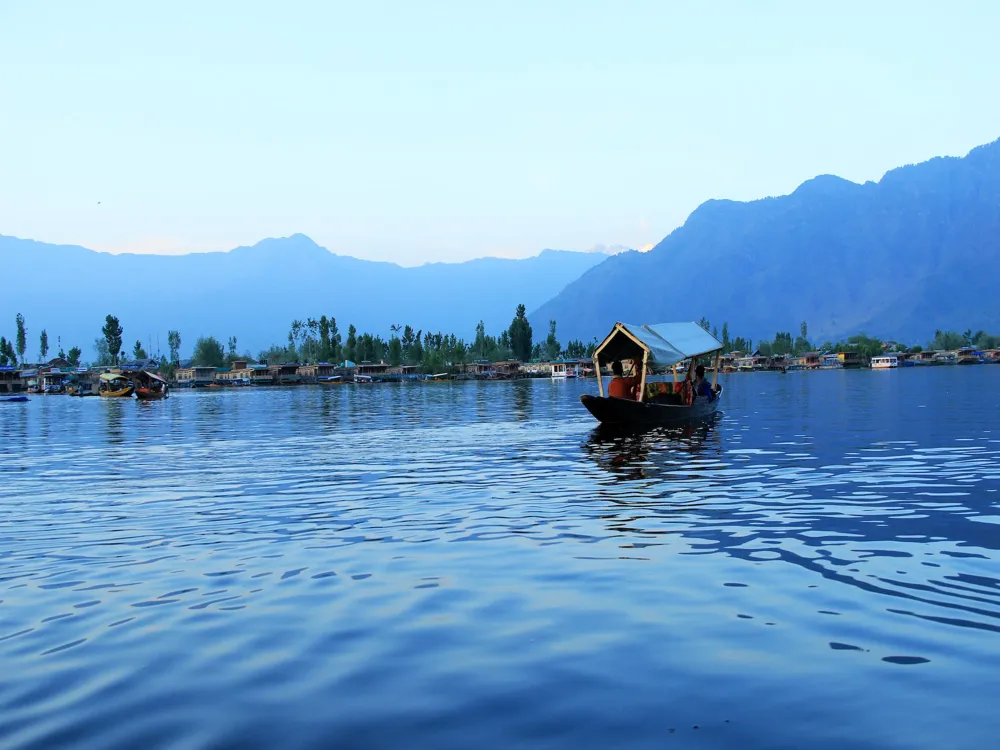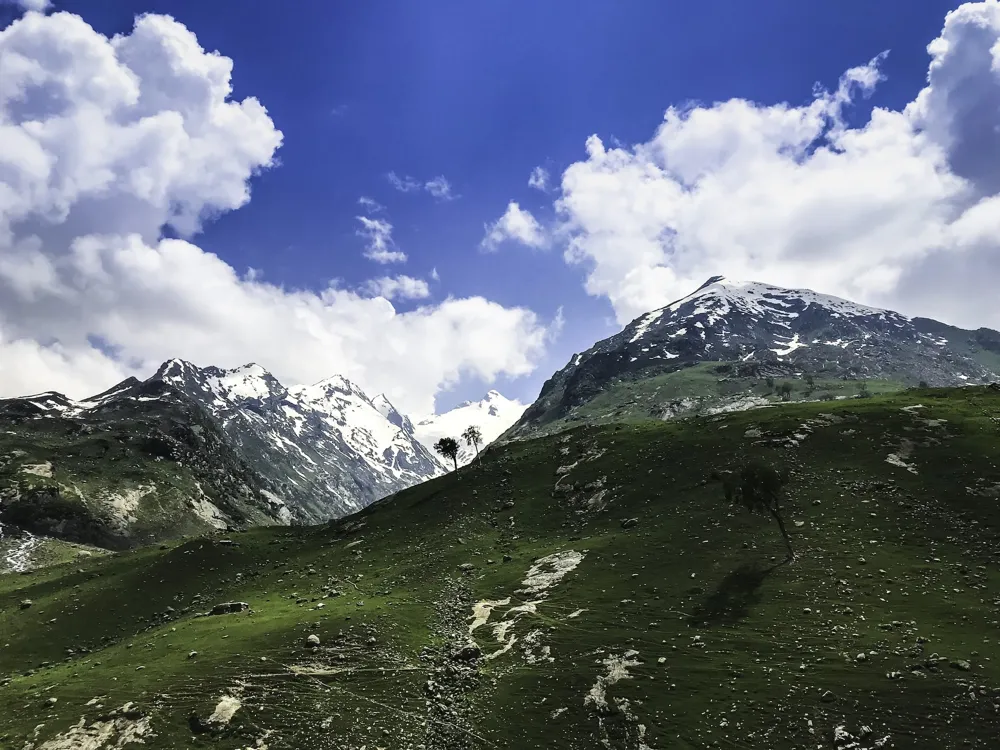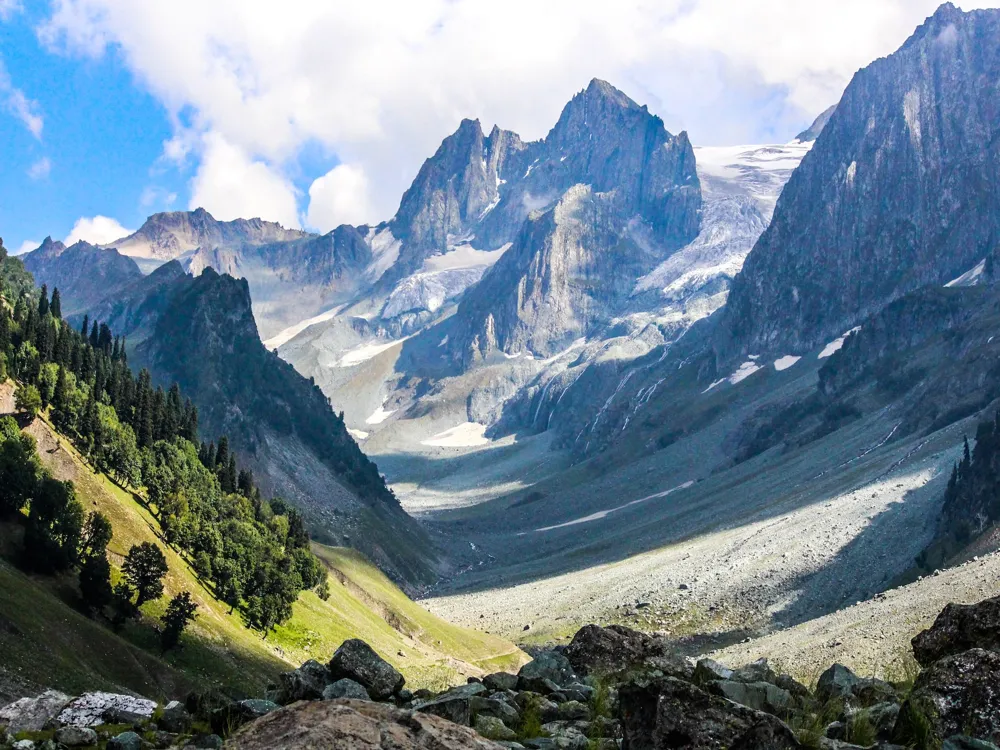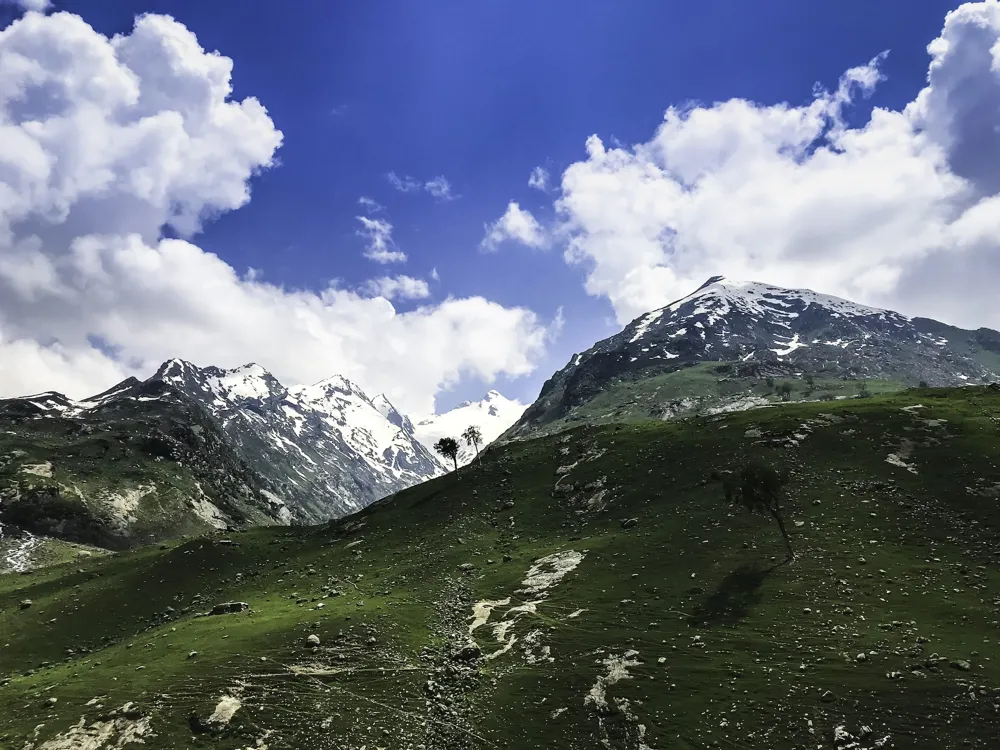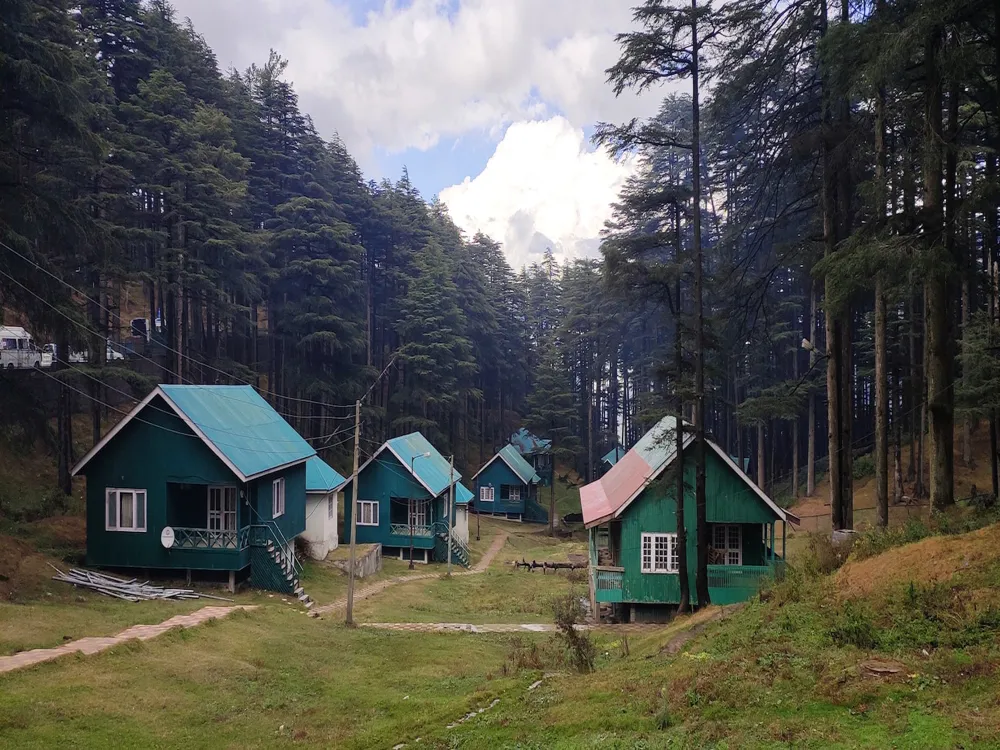The Jhelum River, a jewel of Anantnag in Jammu and Kashmir, is not only a source of water but a symbol of cultural and historical significance. Originating from the scenic Verinag Spring, the river flows through Srinagar before joining the Chenab River. Its significance is deeply rooted in the region's history, serving as a lifeline for many civilizations. The river's course through the valley is marked by picturesque landscapes, making it a centerpiece in the natural beauty of Jammu and Kashmir. The Jhelum's role in the ecology of the region is immense. It supports a diverse range of flora and fauna and is integral to the agricultural activities in the valley. The river's banks are dotted with lush gardens, historic sites, and a variety of bird species, enhancing its ecological and aesthetic value. Moreover, the Jhelum River holds a special place in the local culture and traditions, often mentioned in folklore and local songs, symbolizing the spirit and resilience of the people of Jammu and Kashmir. The architecture of the Jhelum River in Jammu and Kashmir is a confluence of nature and human ingenuity. Over the centuries, the river has been harnessed through a series of canals, bridges, and embankments, showcasing a blend of Mughal, British, and indigenous architectural styles. Notable structures include the historic Nine Arch Bridge and the various Ghats (riverfront steps), which are not just functional but also aesthetically pleasing. These architectural marvels are not just constructions; they are a testament to the engineering skills and artistic vision of their creators. The bridges over the Jhelum, for instance, are not only vital for transportation but also serve as vantage points for breathtaking views of the river and its surroundings. The river's architecture, thus, is a silent narrator of the region's history, bearing witness to the changes over time and serving as a bridge between the past and present. The ideal time to visit the Jhelum River is between April and October when the weather is pleasant, and the natural beauty of the region is at its peak. Always prioritize safety. Be mindful of the river's currents and avoid venturing into deep waters. It's advisable to have a local guide when exploring the riverbanks or undertaking boat rides. Respect the local culture and traditions. Dress modestly and be considerate while interacting with the locals, many of whom hold the river in high reverence. Reaching the Jhelum River in Anantnag is convenient from major cities of Jammu and Kashmir. The nearest airport is in Srinagar, from where you can hire taxis or take local buses to Anantnag. The region is also well-connected by road, with several state and private buses operating regularly. For a more scenic route, one can opt for the Jammu-Srinagar railway line, which offers stunning views of the valley and its landscapes. Read More:Overview of Jhelum River in Anantnag, Jammu, and Kashmir
Architecture of Jhelum River
Tips When Visiting Jhelum River
Best Time to Visit
Safety Precautions
Cultural Sensitivity
How to Reach Jhelum River
Jhelum River
Anantnag
Jammu And Kashmir
NaN onwards
View anantnag Packages
Weather :
Tags : River
Time Required : 1-2 hrs
Entry Fee : No entry fee
Planning a Trip? Ask Your Question
Anantnag Travel Packages
View All Packages For Anantnag
Top Hotel Collections for Anantnag

Private Pool

Luxury Hotels

5-Star Hotels

Pet Friendly
Top Hotels Near Anantnag
Other Top Ranking Places In Anantnag
View All Places To Visit In anantnag
Faq on Anantnag
What is the significance of the Jhelum River in Anantnag?
The Jhelum River holds immense significance in Anantnag as it is a primary water source for the region, supporting agriculture, livelihoods, and local ecosystems.
How does the Jhelum River impact life in Anantnag?
The Jhelum River plays a vital role in the daily lives of Anantnag residents by providing water for irrigation, drinking, and other domestic uses. It also supports local flora and fauna, contributing to the area's biodiversity.
Is the Jhelum River prone to flooding in Anantnag?
Yes, the Jhelum River in Anantnag is susceptible to flooding, especially during heavy rainfall or snowmelt. Floods can cause widespread damage to infrastructure, crops, and homes along its banks.
Are there recreational activities associated with the Jhelum River in Anantnag?
Yes, the Jhelum River offers opportunities for recreational activities such as boating, fishing, and picnicking along its banks, contributing to tourism and local economy in Anantnag.
How is the Jhelum River managed in Anantnag?
The management of the Jhelum River in Anantnag involves various stakeholders, including government agencies, local communities, and environmental organizations, who work together to regulate water flow, prevent pollution, and mitigate flood risks.
View anantnag Packages
Weather :
Tags : River
Time Required : 1-2 hrs
Entry Fee : No entry fee
Planning a Trip? Ask Your Question
Anantnag Travel Packages
View All Packages For Anantnag
Top Hotel Collections for Anantnag

Private Pool

Luxury Hotels

5-Star Hotels

Pet Friendly
Top Hotels Near Anantnag
Other Top Ranking Places In Anantnag
Faq on Anantnag
What is the significance of the Jhelum River in Anantnag?
The Jhelum River holds immense significance in Anantnag as it is a primary water source for the region, supporting agriculture, livelihoods, and local ecosystems.
How does the Jhelum River impact life in Anantnag?
The Jhelum River plays a vital role in the daily lives of Anantnag residents by providing water for irrigation, drinking, and other domestic uses. It also supports local flora and fauna, contributing to the area's biodiversity.
Is the Jhelum River prone to flooding in Anantnag?
Yes, the Jhelum River in Anantnag is susceptible to flooding, especially during heavy rainfall or snowmelt. Floods can cause widespread damage to infrastructure, crops, and homes along its banks.
Are there recreational activities associated with the Jhelum River in Anantnag?
Yes, the Jhelum River offers opportunities for recreational activities such as boating, fishing, and picnicking along its banks, contributing to tourism and local economy in Anantnag.
How is the Jhelum River managed in Anantnag?
The management of the Jhelum River in Anantnag involves various stakeholders, including government agencies, local communities, and environmental organizations, who work together to regulate water flow, prevent pollution, and mitigate flood risks.












